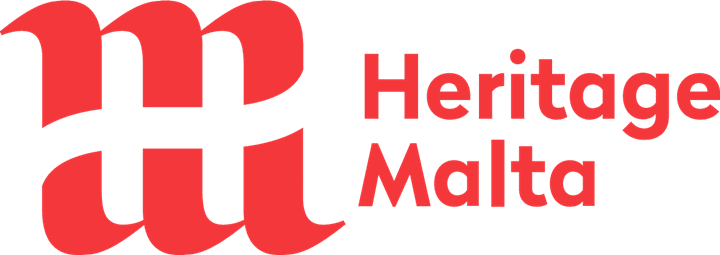On the morning of November 18, 2020, we start the meeting discussing on two main technologies for UBH non-invasive and onsite monitoring. On the one hand, Robert Olbrycht from Lodz University of Technology started comparing thermal imaging and electrical tomography for non-destructive analysis of moisture in walls. Monitoring of moisture in walls is important for the protection of built cultural heritage. It can be performed by means of thermal imaging, where damp areas may be found due to the changes in surface temperature distribution. This technique enables fast, non-destructive and non-contact inspection, but is not immune to external conditions that may hamper the research. In addition, it does not provide dampness depth profile, as only the surface is being examined. In cases, where this depth profile is required, one can use electrical tomography techniques, that require placing electrodes at available surfaces of an investigated object, e.g. column. Despite this fact, this technique remains non-destructive and its advantage is also better immunity to external conditions. On the other hand, Roberto Pierdicca from Università Politecnica delle Marche continued with a case study in the city of Camerano using innovative data collection techniques for the valorization of UBH [link, https://univpm-my.sharepoint.com/:v:/g/personal/p007412_staff_univpm_it/ESH5ZIgWfT1GrMB3S0SzbugBFfwJxRrGmI7ksL7fBwZl6w?e=Tr0NCJ].
The city of Camerano represents a local heritage and a landmark for its network of connected built under-ground spaces. Special attention is given to the digital dimension of Cultural Heritage. An asset for the next decade, in particular after the COVID-19 pandemic. Surveys of the interior environment of the caves were carried out using two laser instruments in different acquisition modes. The use of the static laser scanner requires a longer time for both the acquisition and the subsequent processing phases.
The use of a mobile laser scanner makes it possible to scan and record the underground environment in real time in just a few hours, thus providing a fast and agile solution. This means that it is possible to go more often for constant and rapid monitoring. The integration of spherical photos taken along the route of the caves themselves offers the possibility of creating a virtual reality (VR) tour that can be integrated with a 3D model of the entire underground environment. This allows the caves to be visited from a virtual point of view when they are closed for restoration work or in cases of emergencies, such as pandemic one.
We ended the meeting welcoming Luis J. Sánchez from Universidad Politécnica de Madrid who introduced us on the three main projects and technologies he is currently working with and using. These were HeritageCARE (Monitoring and Preventive Conseration of Historic and Cultural Heritage) [link, https://www.heritagecare.eu/]. This European project has been focused on the development of a non-profit association devoted to the preventive conservation of historical construction within Portugal, Spain and South-West of France. Apart of this, this project has developed a standardized protocol for the preventive conservation of heritage site based on digital tools. This protocol is articulated in a total of 3 service level. The first service level (Standard Care) is focused on carrying out a visual inspection of the site supported by a specific app. The second level (PlusCare) includes the use of a novel Web-GIS system based on 360º images and 3d point cloud for the advanced management of the site.
The last level (Total Care) incorporates the use of BIM tools for the preventive maintenance of the site. CHT-2 (Cultural Heritage through time) [link, https://cht2.eu/]. This JPI Action aims at developing a novel protocol and tool for the management and visualization of heritage through the time. One of the most prominent outputs of this project was the development of an in-house web-based 4D viewer for consulting the evolution of heritage through the time, including the historical images and texts in form of hot-spots. Smart Wall (Development of a digital platform for the valorization of the Medieval Wall of Avila) [link, https://www.avilaturismo.com/en/what-to-do/walls-of-avila]. Research project devoted to the development of a new 360º platform for the valorization of tangible and non -tangible heritage associated with the Medieval Wall of Avila. This platform includes also a novel 4D view to check the evolution of part of the Wall along the time. Apart of the great intuitiveness, the platform takes into consideration the different type users (expert users, non-expert users and kids), adapting the information showed with respect to its expertise.
Finally, for the UBH valorisation we missed some tools for community building through participatory design and co-creation methodologies which allow the researcher to work with local groups and stakeholders, and to study, discuss and analyse sites of interest in any city, that can be enacted today in many variable contexts with the help of smartphones. To this end, Alfonso Bahillo from the University of Deusto proposed the use of the Dariah app which consists of an application (designed for Android) capable of collecting a variety of audio-visual, Geolocative and textual materials, and it functions as a unique support for innovative participatory practices. [link, https://play.google.com/store/apps/details?id=mobility.deustotech.dariah_android&hl=en_US].









